“Let’s put ‘share’ and ‘invite’ buttons wherever, and the product will spread like wildfire.”
This seems to be the popular belief about how to get products to go viral. Startup founders often confuse “viral” with “easy” and “viral growth” with “no strategy required.”
It’s true that virality is a great way to acquire new users for free and lower your customer acquisition costs. And, since free users are a great deal for any startup, it’s worth it to take advantage of viral opportunities. However, understanding the basics is important, so let me go through the most popular misconceptions first.
Virality is not a single feature. It’s a design principle. It’s not a result of good luck. It’s engineered. Forget about forcing users to use random share buttons. You must understand your audience and design a user flow that leads to sharing.
A funny cat video might go viral by chance, but not a software product. You have to put some thought into figuring out which features may work in certain situations. I hope my short step-by-step guide will inspire you to enhance your viral performance, but simply copy-pasting it won’t work. You’ll have to find out yourself what works best in your case.
What is the best strategy for building a viral product? Make people love it. Nobody would share an inferior product, right? So, create an awesome tool, and then your only role will be to slightly push users toward the share features.
Of course, some products have much higher viral potential. Collaboration and information-sharing-based startups benefit from the natural sharing during use of the products, which unveil their true value when used by others.
Skype wouldn’t work without other people, as you can’t talk to yourself (or at least you don’t need software for that). Facebook wouldn’t make any sense without your friends, as you don’t need to stay in touch with yourself.
Such products have the greatest viral coefficient (defined as the number of new users an existing user generates). This kind of natural sharing process is called “inherent virality.”
What should you do if your product can’t benefit from it? You have two options: introduce some collaboration or information-sharing mechanism to your product, or look for other opportunities.
I hope going through the following 8 steps will help you figure out how to increase your product’s viral performance.
Step 1: Understand Your Audience
The truth is that only engaged users share, so before drafting your viral strategy, make sure you can activate and engage users properly. Sharing starts with thoughts like: “I like it. I think John might like it, too.”
To get to that point, your user has to be sure that the product brings a lot of value. Remember, benefits of the product must be clear to the advertiser and to the one being invited. A complicated value proposition will spoil conversion.
Jason M. Lemkin states on Quora:
“For example, at EchoSign, it took an average of eight months for one paid customer to virally ‘create’ another paid customer. Over years, this compounds impressively, and EchoSign has seen fourth and even fifth generation viral customers.”
Sometimes it might take a very long time, but it always pays off.
As I mentioned previously, the strongest sharing motivation is satisfaction in knowing that “I helped John,” but you can increase the ante by making this process more rapid. Identify what your users want besides satisfaction: a cash reward? free credits for using the product? improving the subscription plan? fun features? VIP accounts? It also is crucial to identify who your users will recommend your product to.
All of this information will help you design your “Motivation -> Trigger -> Action -> Reward” user flow. Combining the right Motivation with the precious Reward is the key to success. Now, for sharing to occur, you only have to come up with efficient Triggers in the user flow.
Step 2: Integrate with Other Ecosystems Your Audience Uses
The most powerful Triggers are the ones that feel completely effortless, so you have to find ways to gain easy access to your users’ contacts. Asking someone to leave your app and manually send emails won’t work very well.
Therefore, other ecosystems are the best leverage for viral growth, as they’re full of potential leads. Integrate with mail systems, API’s (especially social networks), or phone apps to reach the next step, which is:
Step 3: Make Sharing Super-natural and Easy
Yesware and Rapportive are great examples of products that spread very well among target audiences. The value is there, so users refer to one another without any extra sharing features. It all happens through word of mouth, as they are integrated with Gmail. It takes exactly 2 seconds to write an email such as: “John, check Rapportive, it’s awesome.” That’s what I mean by super-natural. Extra sharing features won’t help much when you’re already in your email.
There’s also no share button in Hackpad. Sharing happens naturally when you want to show your documents to other people. Thanks to Facebook and Google integration, you don’t have to know the email of your potential collaborator. A drop-down list of contacts appears when you start typing, you pick the right one, and the document is shared.
Step 4: Leverage Your Presence in Existing Networks
Remember, you can’t force users to share activity via social networks or email. They have to do it on their own. But you can suggest sharing in the right moment of the user flow. Scoop.it allows you to share content to 8 other platforms automatically, and that’s exactly what you want – to gain more reach.
Auto-shares are very powerful, but you have to be sure they’re aligned with your users’ motivations. Spotify took advantage of Facebook OpenGraph and flooded newsfeeds and tickers with different music activities.
This strategy works because most of us have nothing against sharing music we listen to; however, it wouldn’t work with more private activities. Passive shares could go unnoticed, but, in addition, users can manually share tracks, albums, or artists, etc. Altogether, it’s a great mix of passive and active sharing.
Step 5: Let Users Refer Your Product
When sharing content and activities is not enough, you may want to experiment with referral programs. In this case, the quality of shares is much more important than their quantity. SPAM invitations don’t work anymore, so you have to be careful while introducing referral features.
You have to convey the message that users should issue fewer invitations and focus on those friends who would make a good match for your product. Offering benefits for both parties is the best way to make sure your users will be more engaged in the invitation process than simply clicking “invite all friends.”
As an example: Uber offers 10 bucks for every friend you invite (and you can invite up to 30 friends this way), and, according to available data, free rides are one of the most important growth drivers for Uber.
Those kinds of referral offers might get a lot of publicity quickly. People love free stuff.
Unfortunately, there is a downside to it as well. Some Uber users started creating ads to advertise their referral links to strangers, and gain free rides. Therefore, it might be better to use in-built referral systems and give up on giving out free cash.
For example, you can offer 7 days of free trial extension for each friend who accepts your invitation. Founders of Blinkist claim that this strategy pushed 8.4% of their active users to refer the app to at least one friend (68% of those users refer Blinkist via email and 32% use Facebook).
The conversion rate of the signups also is quite impressive: 34% for email referrals and 25.5% for FB referrals. Hey, I’m one of them. “We try to funnel more referrals into the email channel because it works way better in terms of willingness to refer and conversion rates,” Holger Seim told me, so you can expect even better performance in the future.
Also, referrals can be a great way to reach and activate new users within an organization. David O. Sacks, founder of Yammer, explained their viral strategy:
“Anyone can sign up by confirming a company email address. Then users can invite their coworkers who have the same email domain.
“It’s like Facebook in the early days, when you had to confirm a harvard.edu email address to join the Harvard network. In addition, users can create communities (private external groups) to communicate with partners, customers, vendors, suppliers, etc. This creates inter-network virality by spawning new company networks.”
So, as you can see, referrals can work for single user apps and B2B SaaS products.
Step 6: Take Advantage of the Fun Factor
In many cases, you don’t have to give away cash to please your product ambassadors. Trello is using another strategy with Trello Gold. They offer fun features like special backgrounds, stickers, custom emoji and… a crown for your avatar. This way, apart from having more storage space (250 MB instead of 10MB per card), you can feel special!
“We built Business Class for businesses who want extra administrative control, and we built Trello Gold for super fans who want to support their favorite app and get extra bits of fun and functionality in return. We’re likely going to add more bits of nice-to-have-but-not-essential functionality to Trello Gold in the future. Fun fact: the original name for Trello Gold was Fan Club. We would have liked to see the reaction if we had gone with that name” – Bobby Grace of Trello.
Step 7: Know the Limits
It might sound strange, but sometimes rapid growth can hurt you. If your business is about a quality community, then setting limits on user growth might be a good idea. Quibb was a social network for entrepreneurs that accepts only 34% of all applicants, as they honestly admit on the main page. People who manage to get in feel appreciated and become more selective when inviting friends to Quibb. It’s like saying: “Hey, I’ve just got accepted to this community, let’s see if you can make it in as well.”
Step 8: Find Extra Opportunities
Many products benefit from so-called “powered by” strategy. Some experts say, “It’s so 2003,” but good old “powered by” is still going strong. How does it work? You put a small link to your product on your customers’ websites, so customers advertise your product while using it. Here are some of the most successful examples:
I asked Sean Ellis how “powered by” is working for Qualaroo, and here’s what he said:
“12% of our new sales were directly attributable to the “Powered by” link (they actually clicked on it and bought via the same computer). However, the majority of our sales are organic (either direct or via keyword Qualaroo). When we survey these people, most of them say they saw Qualaroo running on another site.
“The need for Qualaroo isn’t always immediate, but when someone thinks ‘I wish I could ask users why they are abandoning that page,’ they often recall Qualaroo as a potential solution to that issue. So the effectiveness of a ‘powered by’ strategy should consider the view-based conversions as well as how likely potential customers will impulsively adopt it.
“Something else that is worth considering. When we run Qualaroo on a UX or marketing site, our view-to-signup rate is often 10X higher compared to the rate from a site that primarily attracts users that aren’t in our target market.”
Here are other examples of “powered by” strategies:
There’s always something users can share in view-only mode, and it is a great opportunity to show what tool they used. Quoteroller is a business proposal managing system. 90% of their active users send mycompany.quoteroller.com links while presenting their proposals to business partners, so the brand is instantly exposed.
This strategy brings 5-7% paid users per month, and as Sasha Kovaliov of Quoteroller told me: “Results are noticeable without much work required.” That’s exactly my point. Once properly designed, viral channels bring users month after month without much input required.
You also can use your tool to create useful content and share it with your potential customers. Brand24 creates reports from the data they collect to inform about trends in social media. For example, to create “The Most Interactive Tech Blogs,” they analyzed 2,476,124 interactions related to Top 30 Tech Blogs.
It definitely was worth it, according to Mike Sadowski, founder of Brand24, who told me that this report alone led to 3,553 site visits and 315 beta version signups.
My advice: figure out what insights are interesting to your audience and create a report. People are always hungry for data.
Noah Kagan of AppSumo found another interesting way to attract customers. He noticed that most AppSumo subscribers are Dropbox customers. That gave him an idea for a competition with 10 life-long Dropbox packages as prizes.
Do you think it seems too simple to work? Maybe the results will convince you. The contest brought 250,000 signups to AppSumo, and $40,000 in revenue.
The last inspiration comes from GrooveHQ. They organized the “2013 SaaS Small Business Conversion Survey” with over $7,000 worth of prizes for participants. They were funded by companies like Moz and Unbounce. What was the impact? “We’ve had over 1,500 responses and 50 trial signups,” says Alex Turnbull, founder of GrooveHQ.
As you can see, startup founders consider referrals to be one of the most important customer acquisition channels.
Conclusion
Every product can benefit from properly designed viral channels that boost customer acquisition for free. Mix the above ideas and test what works best. I’d be happy to suggest a promising combination of sharing and referral features for your product if you leave a description of your problem in the comments.
About the Author: Greg Pietruszynski is a serial entrepreneur and growth hacker. He reached and engaged millions of users for companies such as MTV and PricewaterhouseCoopers. Pietruszynski is responsible for over 200 marketing campaigns. You can follow him on Twitter (@pietruszynski) or his Growth Hacking Blog.

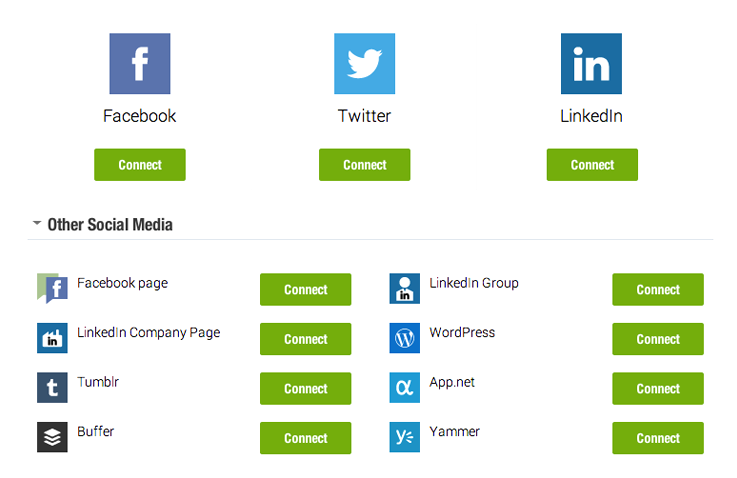

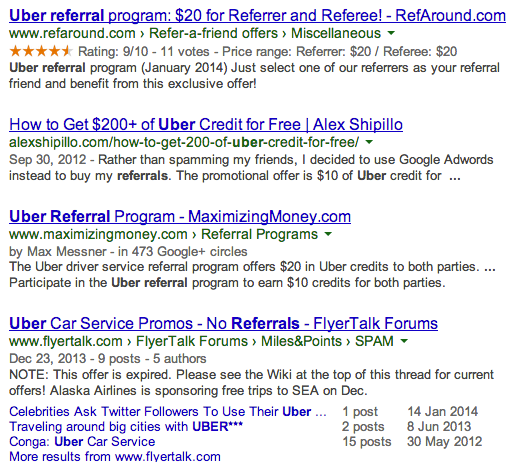
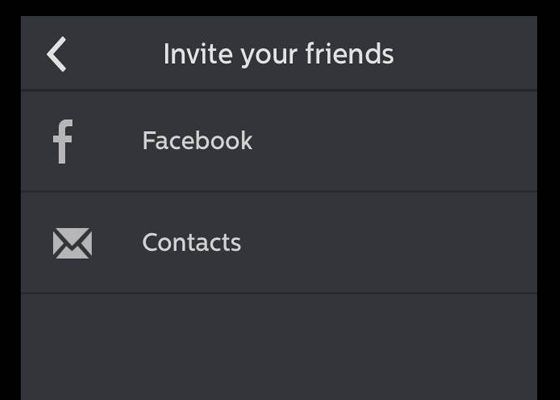
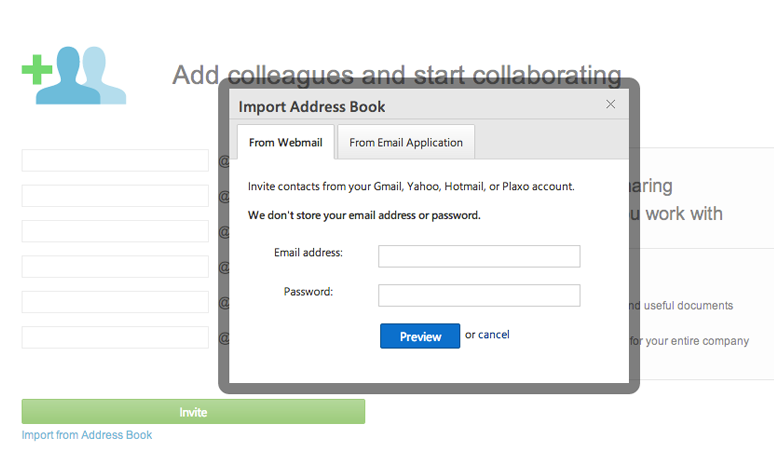

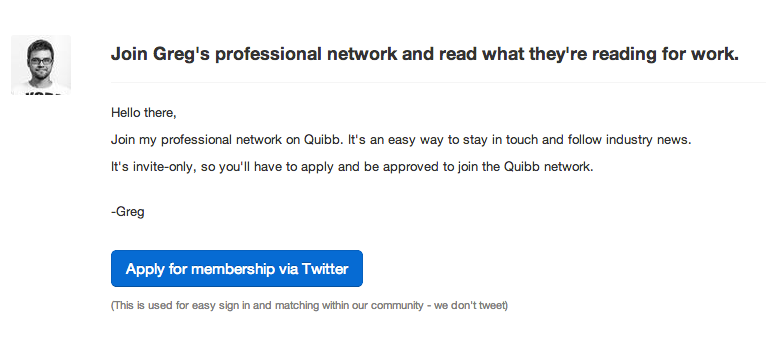
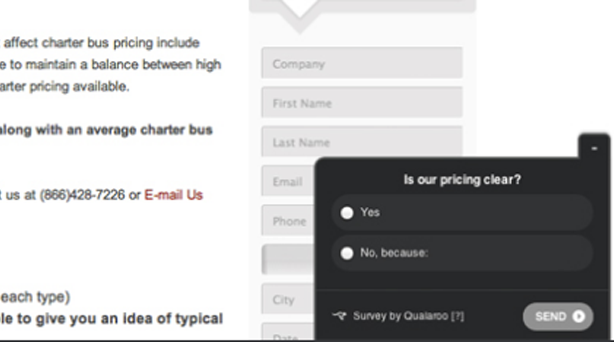

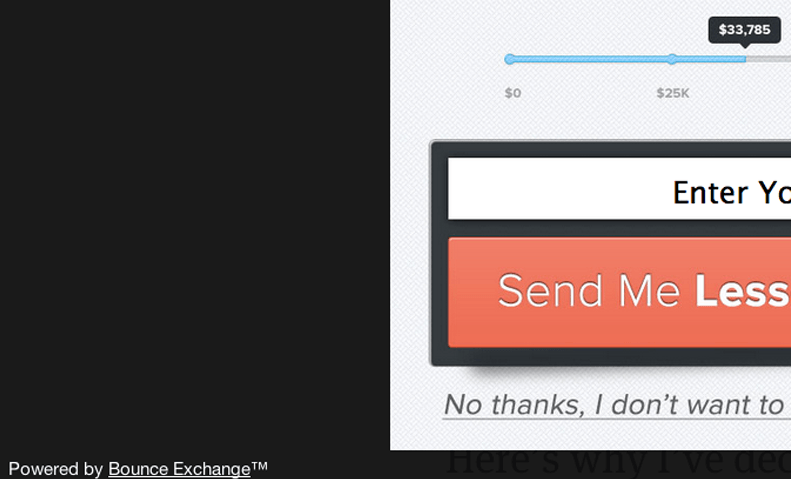
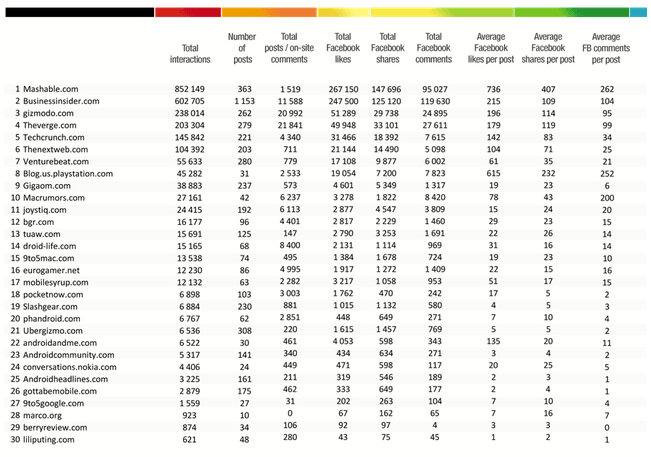
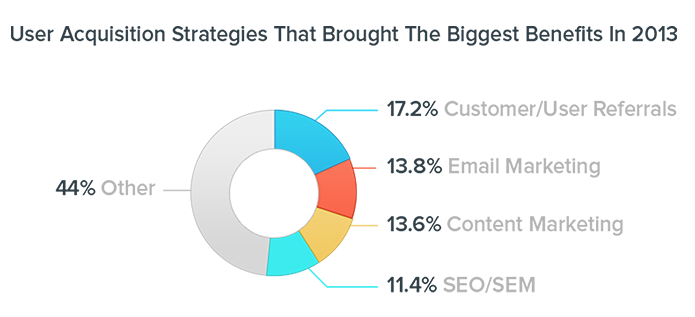
Comments (16)